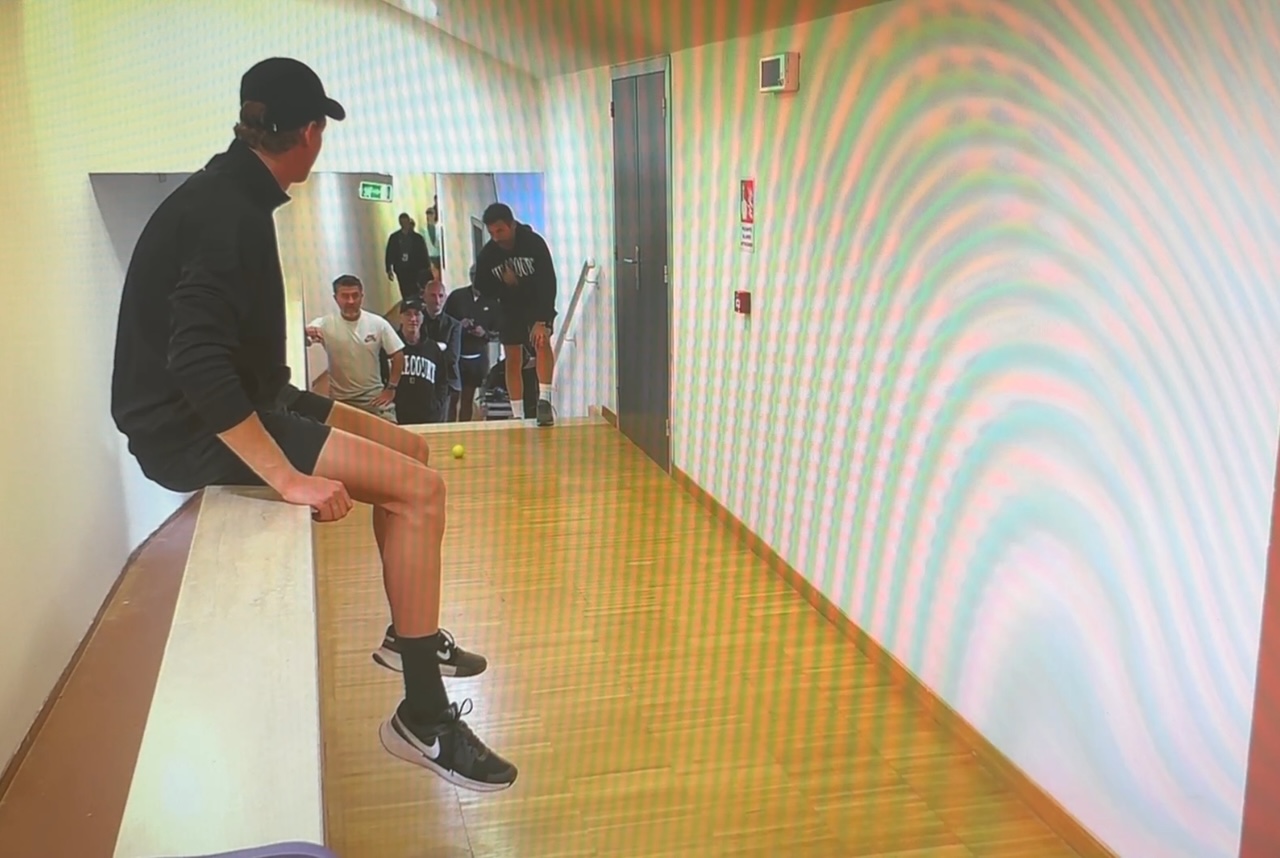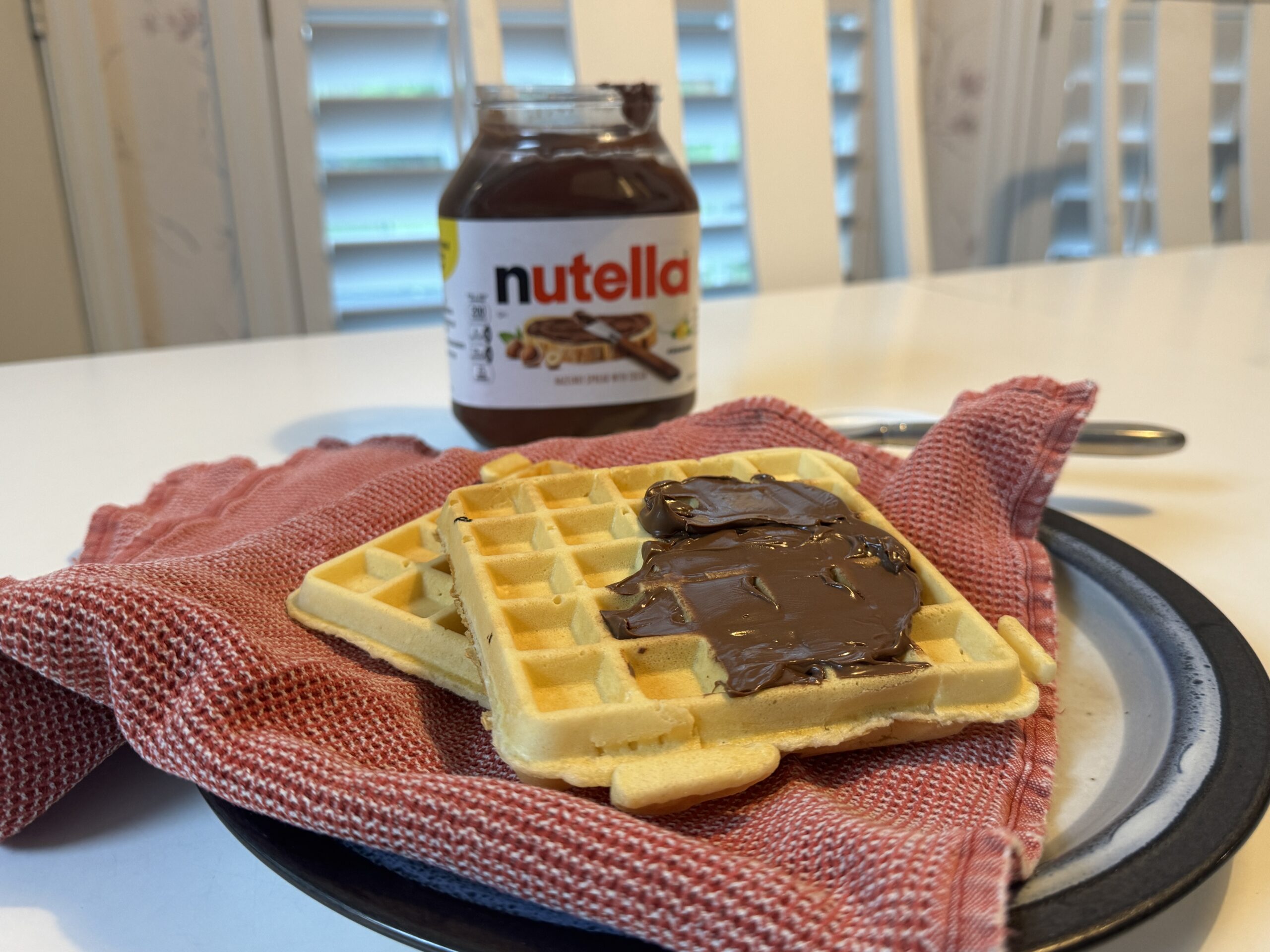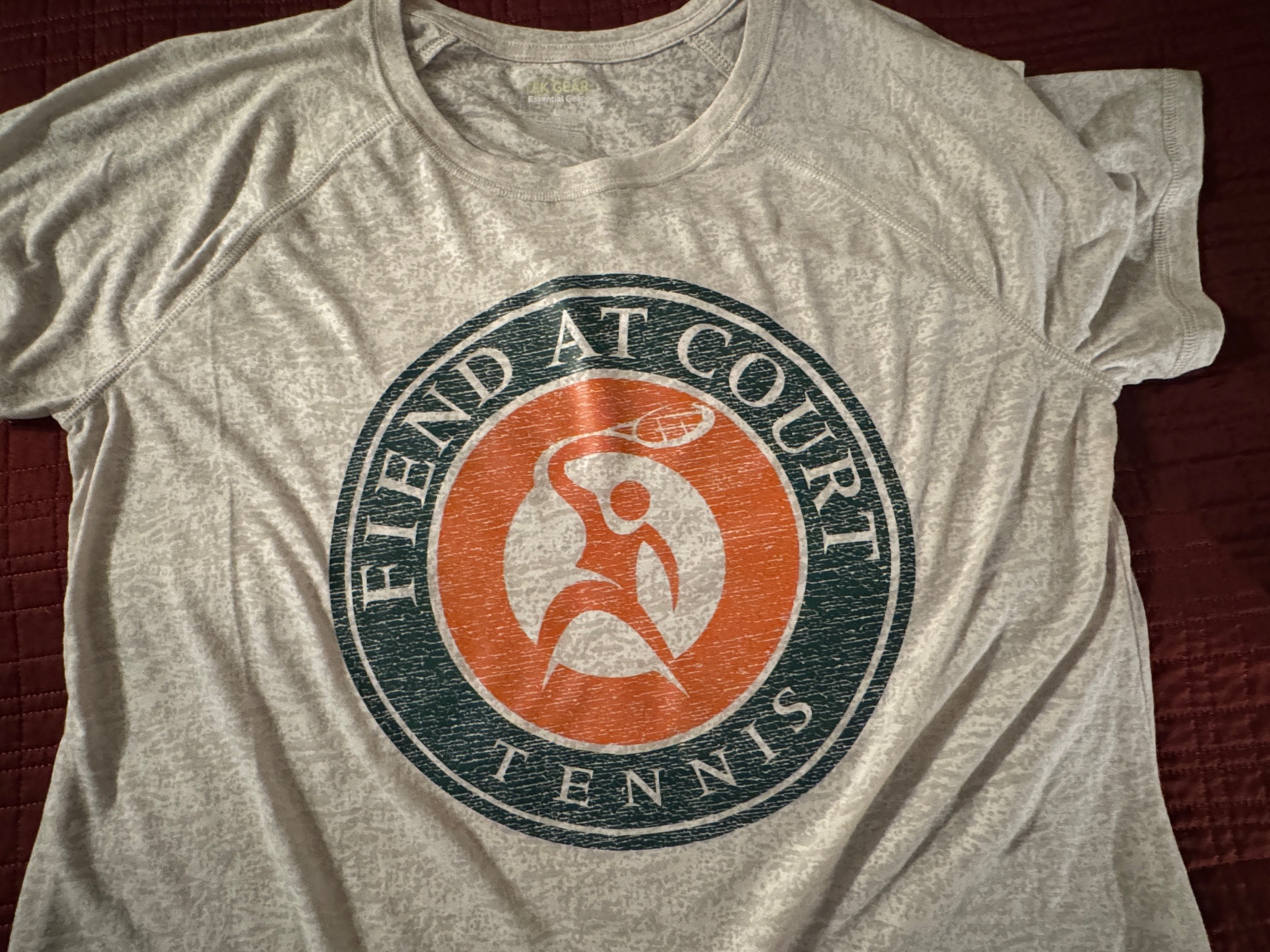Tennis is a lifelong sport that has been shown to support the health of its players as they age well into their later years. However, like any physically demanding activity, tennis carries some level of risk, particularly for those with underlying heart conditions. That’s why having an Automated External Defibrillator (AED) at every tennis facility has become a necessity.
Yesterday, I encouraged readers to take a CPR class so they can assist anyone who might go into sudden cardiac arrest and need that life-saving procedure. The intense bursts of activity in tennis can trigger heart events in older players and even younger people who might appear to be perfectly healthy. In a cardiac emergency, every second counts. According to the American Heart Association, survival rates decrease by 7–10% for every minute that defibrillation is delayed. Having an AED nearby can mean the difference between life and death.
Unlike a heart attack, which results from a blockage in the arteries, sudden cardiac arrest is an electrical malfunction that causes the heart to stop beating effectively. CPR alone can help keep oxygen circulating, but only a shock from an AED can restore a normal heart rhythm. If a tennis facility doesn’t have an AED on-site, valuable time is lost waiting for emergency responders to arrive.
All tennis facilities should be equipped with AEDs that are placed in clearly marked and easily accessible locations. More importantly, players and staff should know where the device is located and how to use it. The American Heart Association’s CPR training also includes information on how to use an AED in an emergency. However, all that training is for naught unless the equipment is available.
I have been trying to make it a habit to determine if and where the AEDs are positioned whenever I play at a new facility. That can be critical when directing people to retrieve that equipment in an emergency when every second matters. Time wasted searching for an AED could be the difference between life and death.
Since I have been sensitized to note the location of AEDs in the event of a cardiac emergency, I’ve also recently observed that some facilities have started adding another life-saving kit. Naxolone (Narcan) is a medication that can reverse opioid overdoses by restoring normal breathing in someone experiencing a potentially fatal overdose.
Having Narcan available at tennis courts may seem surprising. Still, the opioid crisis has touched nearly every corner of society, and it would be naive to assume that our sport is immune to the tragedies of that addiction. Narcan kits offer a rapid response to another preventable cause of sudden death. Making Narcan kits readily accessible at tennis facilities could save lives just as AEDs do.
Even my local park has installed an AED on the tennis courts. It is a significant step toward making the sport safer for everyone. If a public park can do it, there’s no reason why fully staffed tennis facilities shouldn’t follow suit. Tennis is a game of preparation, strategy, and awareness. Extending that mindset beyond the court to how we care for our fellow players could make all the difference in an emergency.
To close out this weekend, I am asking everyone to take a moment to consider the emergency equipment at your local playing site. If your courts don’t have an AED, now is the time to advocate for one. Facility managers, local parks departments, or grassroots fundraising efforts can help bring this essential piece of equipment to your courts. AEDs are an investment that could save a life—maybe even your own.



